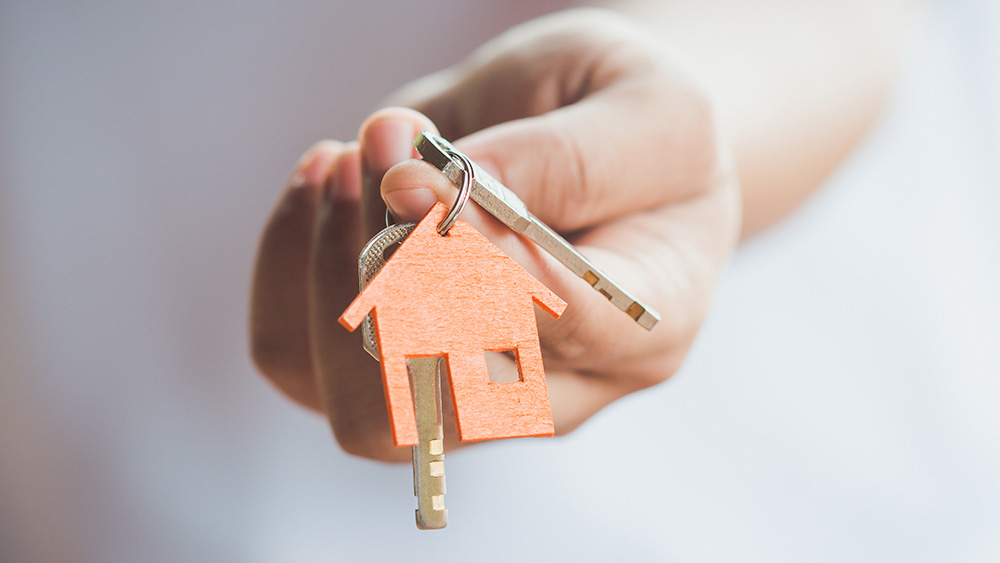Maybe renting wasn’t working for your wallet anymore, or you’ve decided to expand your family. Regardless of the reason, you’ve finally decided that it’s high time to consider buying a new home. However, before you go off on your search for the perfect home, there are a few things you should consider. Here is Ryan Homes at Brunswick Crossing’s checklist for preparing to buy a new home:
1. Work out the numbers. First, consider how well your credit is before you try to put a down payment on a new home. Research shows that the higher your credit score (and the lower your overall debt) is before you purchase, the lower your monthly payments will be. Most realtors take a minimum of 640 to 660 to apply for a mortgage, and if your score is 750 or higher, you’ll probably receive the best rates on the market.
Tip: Don’t apply for new credit one year prior to applying for financing. The shift in fees and charges will not reflect your typical score.
After determining your credit score, figure out a realistic debt-to-income ratio. A good rule of thumb is that your mortgage shouldn’t exceed 28 percent of your monthly paycheck. Don’t forget to save up for the down payment, which is typically between 3 to 20 percent of the price, and closing costs. Make sure you are financially comfortable before settling into your new home.
2. Pick a home you love. Whether it’s your first home or your third, when you’re buying a house, never settle. Remember that you will put a lot of money into this project, so make sure you love it. Ask about the neighborhood, the school district and local conveniences, such as grocery stores and doctors’ offices. Next, you should consider the style of house: Is it a ranch with vinyl siding and only one bathroom? Or do you prefer a two-story brick house with 3 bedrooms? Purchase a home that fits you and your family’s needs. When deciding on what your home will look like, don’t forget to consider other features, such as a garage, yard space, prebuilt fencing or energy efficiency.
3. Start your paperwork as soon as possible. Before you can relax and start thinking about decorating, you have to gather and file some final paperwork. Start your stack with past federal income tax records, canceled rent and utility checks, student loan information and recent paycheck stubs. You should also ask for referrals from your real estate agent, loan officer or friends and family. A mortgage lender may want to see these records and recommendations to help approve your mortgage or adjust your future payments.
Tip: Ask your seller about a home warranty. A warranty that costs about $400 can cover the cost of any major repairs up to a year after the closing date.
4. Conduct a final walk-through. It may seem silly, but you want to double-check all of your new home’s included appliances. Turn on every faucet, flush all the toilets, plug in a charger to each outlet, check the smoke detectors and test the heat and air conditioning units. Also look for water damage, mold or vermin in the corners and on the ceilings. If something goes wrong, you can negotiate your closing credit, especially if it’s a new home.
Once you’ve crunched the numbers, picked a home you love, filed the paperwork and verified that the appliances are working, you’re good to go. Feel free to sign your negotiated contract and set a move-in date.



